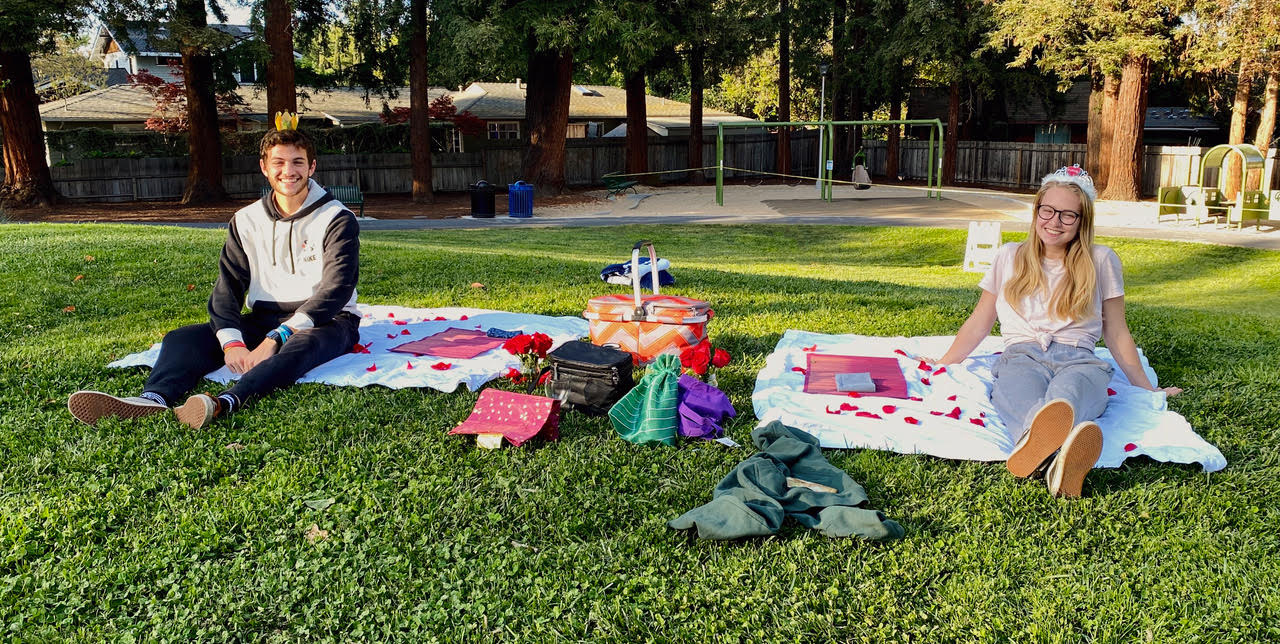Staying Connected | COVID-19 Conversations with Pat & Tammy McLeod
April 21, 2020Finding Hope | COVID-19 Conversations with Pat & Tammy McLeod
April 23, 2020Creativity to Recreate
By Ron Sanders, Campus Minister with Cru at Stanford University, Associate Faculty in Christian Ethics at Fuller Theological Seminary
“…ambiguous loss can, in spite of high stress, produce some good. In the confusion and lack of rigidity lie opportunities for creativity and new ways of being that have some purpose and a chance for growth.” (Pauline Boss, Ambiguous Loss, location 1300).

We have been drawing from the work of Pauline Boss for this series of reflections. She coined the phrase “ambiguous loss” to capture one of our fundamental human experiences—undergoing a loss that has no edges. Where there are no rituals or ceremonies to mark the loss; and people who haven’t gone through that kind of loss don’t quite understand why you are grieving (or still grieving). I call these kinds of losses “half losses” (when you lose part of something, but not the whole thing) or “absorbed losses” (when your loss gets absorbed into a greater loss).
The Twin Cities Pioneer Press interviewed Dr. Boss about Covid-19 and ambiguous loss two weeks ago— you can find her interview here. One of her consistent themes is that creativity is important—a kind of re-imagining of how to create new markers for significant life events that have been lost. Finding new ways of doing ordinary life through loss.
This last weekend we had to do some “re-imagining.” Last Saturday–April 18, 2020—was supposed to be our daughter’s first prom. She was supposed to wear the new dress that we had bought her. She was supposed to have her hair done. Her date was supposed to wear a tuxedo and bring her flowers. She was supposed to go with her friends and their dates for dinner in San Francisco. She was supposed to dance and laugh into the night. That is a lot of “supposed to(s)” that were lost.
Her prom was officially cancelled in mid-March. We had no idea how long shelter-in-place and social distancing would last, so Bonnie and I started plotting for an alternative prom—maybe someone’s back yard or patio: Let’s light it up, create some ambience, encourage them to dress up, limit it to a smaller group, try to make something special…but it is now mid-April and we are still social distancing. Back to the drawing board.

On the morning of April 18, we wanted to mark this loss for our daughter and her date in some kind of way. We texted them at 10 am: “Be ready at 5 pm. Meet outside our house. Stand 6 ft. apart. Wear sweatpants and sneakers. Bring something warm.”
We sent them on a scavenger hunt all over town to gather the things that they needed for their “alternative prom.” A set of crowns—prom King and Queen. A bottle opener. Wine glasses. Sparkling Cider. We set up a dinner in a local park as their last stop. Flowers and 5 Guys. The park had a small hill, so we left them two blocks of ice.
This was one of my favorite quotes of Dr. Boss’ interview.
Q: You say that the grief of ambiguous loss is distinct from traditional grief. How is it different?
A: Well, for one, there’s no official certification of the loss. There are no community rituals to support your grief. There is no Hallmark card for what is happening now to many of these people — people who are losing their businesses, young people who are sent home from college without saying goodbye or, in fact, never having that graduation they wanted. We are going to have to do some makeup work, but it requires creativity and imagination. We won’t be able to make it all up. There still will be loss. But rituals help, and the usual rituals that come with a verified loss are not here.
It wasn’t prom; but it was something.
Photography by Bonnie Sanders
